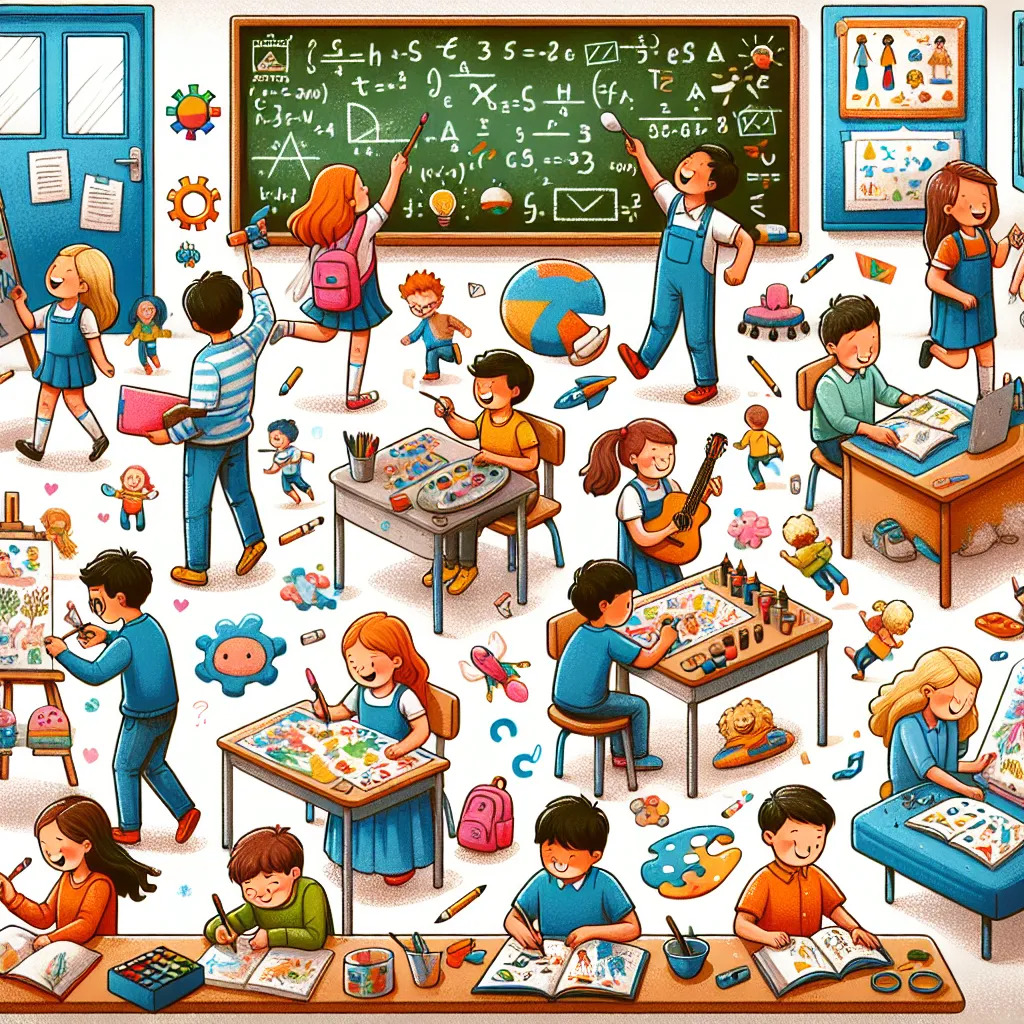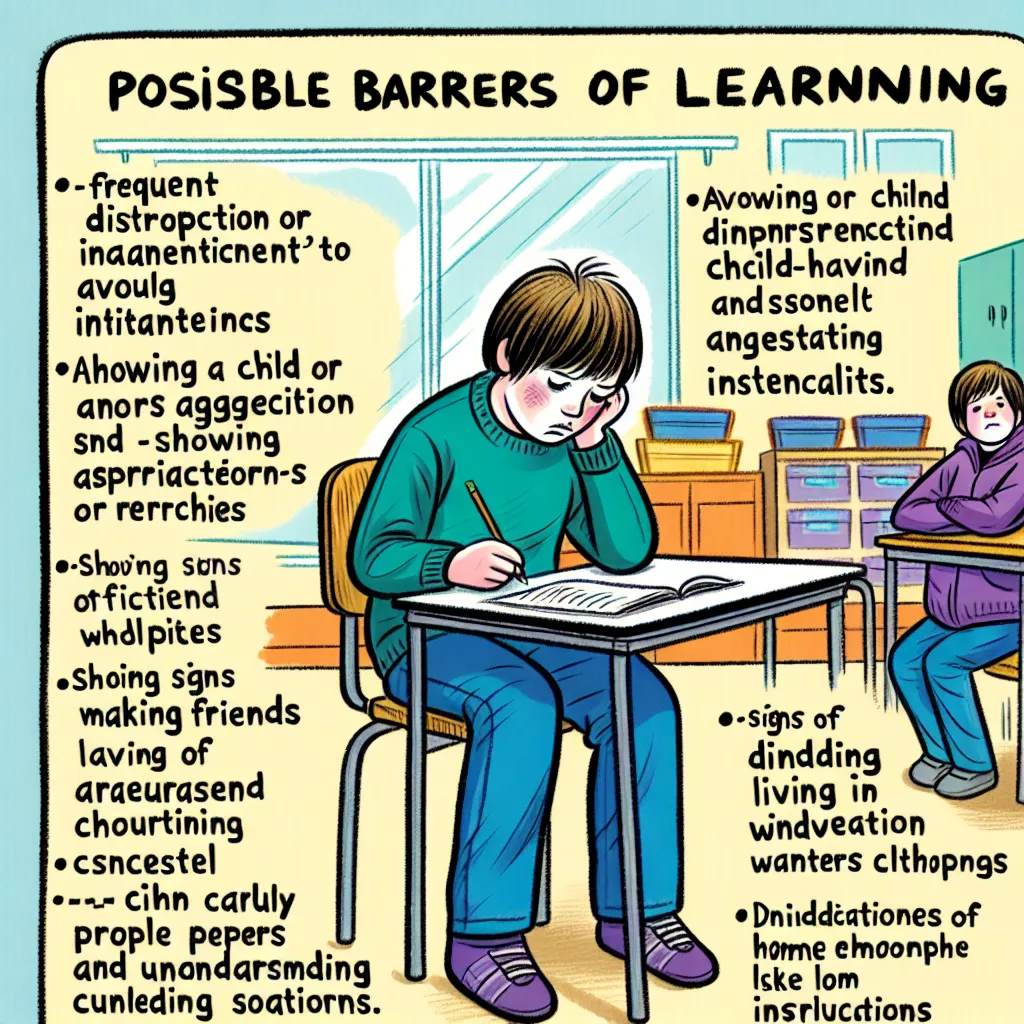Ask AI on The Internet
Question: 3.2 From your observations, why are the learners not the same? (1) 18 ................................................................................................................................................... ................................................................................................................................................... ................................................................................................................................................... ................................................................................................................................................... ................................................................................................................................................... ................................................................................................................................................... ................................................................................................................................................... ACTIVITY 4 Observe a learner who experiences barriers to learning. List the aspects that you have identified in the learner's behaviour, appearance and/or conduct that may indicate possible barriers to learning. 4.1 Behaviour in class (1) ................................................................................................................................................... ................................................................................................................................................... ................................................................................................................................................... 4.2 Emotional signs (e.g., aggressive towards other learners) (1) ................................................................................................................................................... ................................................................................................................................................... ................................................................................................................................................... 4.3 Appearance (e.g., neglected) (1) ................................................................................................................................................... ................................................................................................................................................... ................................................................................................................................................... 4.4 Social interaction and relationships (e.g., no friends in class) (1) ................................................................................................................................................... ................................................................................................................................................... ................................................................................................................................................... 4.5 Intellectual capabilities (e.g., very slow learner, poor language development) (1) ................................................................................................................................................... ................................................................................................................................................... ................................................................................................................................................... 4.6 Other aspects (e.g., part of a child-headed household) (1) ................................................................................................................................................... ................................................................................................................................................... ...................................................................................................................................................
3.2 From my observations, the learners are not the same because each individual comes with unique experiences, abilities, and learning styles. Some might learn faster or slower than others, some might prefer hands-on activities while others learn best through theoretical explanations. It is these differences that diversify our classrooms and also present teachers with the challenge of catering to each learner's unique needs. ACTIVITY 4 4.1 Behaviour in class: The learner regularly seems distracted, often daydreaming or looking out of the window instead of focusing on the lesson. They rarely volunteer answers or participate in class discussions. 4.2 Emotional signs: The learner appears to be aggressive towards other students, often getting into verbal or physical altercations. They seem to be easily frustrated and can react spontaneously with anger. 4.3 Appearance: The learner frequently appears unkempt and neglected, with dirty clothing and poor hygiene become a regular pattern. 4.4 Social interaction and relationships: The learner seems to be isolated, not interacting with other students during free time, and they do not appear to have close friends in the class. 4.5 Intellectual capabilities: The learner struggles with understanding key concepts taught in class. Their language development seems slow, and they often struggle to articulate their thoughts or understand complex instructions. 4.6 Other aspects: The learner is part of a child-headed household, which can pose numerous challenges. It might mean that they have additional responsibilities at home, causing exhaustion, stress, or distraction, hindering their ability to concentrate and engage effectively in learning at school.
A new large language model has been made available since this question was asked.
To generate an updated answer from the new model, click the button below.
Think your answer is better than the AI's? Post it below.
Question Tags
If you want your question answered by an AI, click here.







Post your own comment: